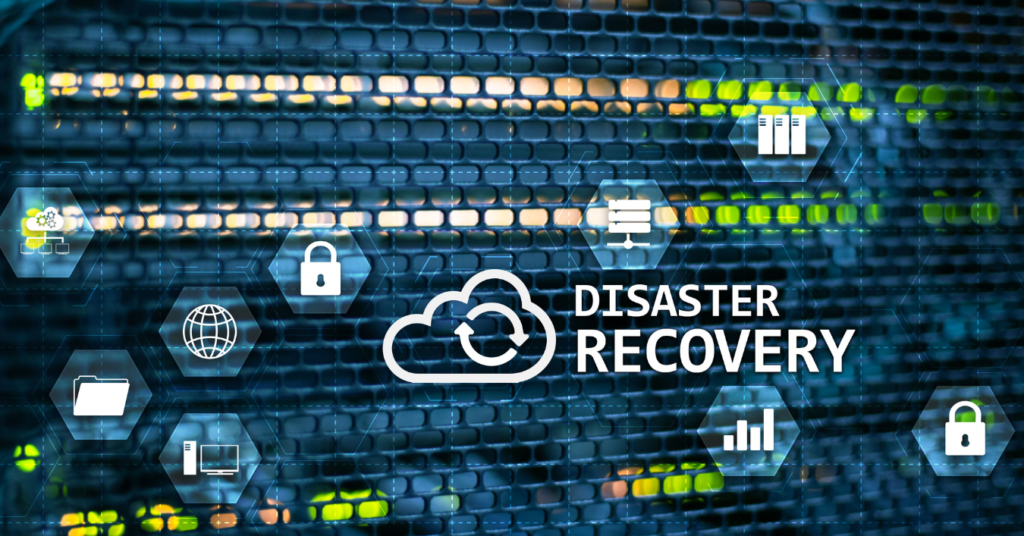What is Business Continuity and Disaster Recovery (BCDR)

Table of Contents
When you’re steering the ship of a thriving business, the last thing you want is to hit an iceberg of operational disruption. And that’s where the twin lifelines of Business Continuity and Disaster Recovery (BCDR) come into play. But what is BCDR, and why is it the unsung hero of the digital workplace? This article will explain that and more.
Understanding Business Continuity
Imagine a day when your business operations halt abruptly – a daunting prospect, right? Business continuity is your protective shield against such situations. It’s an IT service that ensures your business operations continue without interruption, regardless of any disruptions or hurdles that come your way.
The Importance of Business Continuity
Even a minor business disruption can ripple into significant financial losses, especially for small businesses. According to the Federal Emergency Management Agency, nearly 40% of small businesses never reopen after experiencing a disaster. This is where business continuity management plays a pivotal role.
By ensuring the continuation of critical functions during and after a disaster, business continuity strategies can help your organization survive the unexpected. Implementing a robust business continuity plan will protect your assets and reassure your clients and stakeholders.
The Key Elements of Disaster Recovery
While business continuity is about keeping the ship afloat, Disaster Recovery is about picking up the pieces after hitting an iceberg. It’s a series of policies and procedures designed to mitigate the impact of disasters and swiftly restore your IT infrastructure and systems.
The Role of Disaster Recovery
Disaster recovery strategies focus on IT systems that support critical business functions. It’s like a safety net for your data, allowing your business to bounce back after unforeseen incidents. From hardware failure and power outages to cyber threats like malware and ransomware, Disaster Recovery provides a comprehensive shield against various threats.
Business Continuity and Disaster Recovery: A Dynamic Duo
While Business Continuity and Disaster Recovery have distinct roles, they’re two sides of the same coin. Both are essential elements of a business continuity management strategy that ensures the survival and success of your business in a digital world full of uncertainties.
BCDR is not just about damage control. It’s a proactive approach to equip your business with the resilience to weather any storm. Business Continuity and Disaster Recovery ensure that your business remains invincible, no matter what.
How Can Cybergate IT Help with Your BCDR Strategy?
Looking for a knight in shining armor to help you navigate the idea of business threats? CyberGate IT is here to help you out.
We offer robust and continuous data protection, secure and reliable data storage replication, and a range of local and hybrid cloud backup options. Not to mention, our automatic Anti-virus and patch management systems keep cyber threats at bay.
So, how can you get started with us on developing a successful BCDR plan?
- Consultation: We start by understanding your business needs and vulnerabilities.
- BCDR Plan Development: We then design a personalized BCDR plan covering business continuity and disaster recovery strategies.
- Implementation: Next, we implement this plan, ensuring that your business is fortified against potential disruptions.
- Maintenance: We continually monitor and manage your systems, ensuring your defenses are always up to date.
Ready to protect your business from disruptions? Contact CyberGate IT today for a consultation, and let’s prepare your business for a secure and successful future!
FAQ About Business Continuity and Disaster Recovery
A disaster recovery and business continuity plan should include a detailed analysis of potential risks, recovery strategies for critical business functions, data backup procedures, communication protocols during and after a disaster, and regular testing and updating of the plan.
The BCDR (Business Continuity and Disaster Recovery) strategy is a set of protocols and procedures designed to ensure an organization’s critical functions continue during and after a disaster. It combines strategies for both business continuity (keeping functions running during an event) and disaster recovery (restoring normal operations post-event).
A disaster recovery plan checklist is a step-by-step guide that details all necessary actions to recover from a disaster. It includes steps like identifying the incident, assessing the damage, activating the recovery team, implementing recovery strategies, and restoring normal operations.
In simple words, a business continuity plan is a strategy that allows an organization to continue operating during and after a disruption or disaster. It ensures that critical business functions can still be performed, minimizing the impact on customers and stakeholders.
Disaster recovery in business refers to the measures and processes put in place to recover from a catastrophic event, such as a natural disaster, cyberattack, or even a power outage. The goal is to quickly restore normal operations and minimize business impact.
In the IT industry, disaster recovery focuses on restoring IT systems, networks, and data that are critical for business operations. It often includes data backup and recovery solutions, server and network restoration, and plans for rapid system recovery following a disaster.
Creating a disaster recovery plan for your business involves identifying potential threats, determining how these threats could impact business operations, developing recovery strategies, and testing these strategies regularly. Consider reaching out to experts like CyberGate IT for assistance in creating an effective plan.
